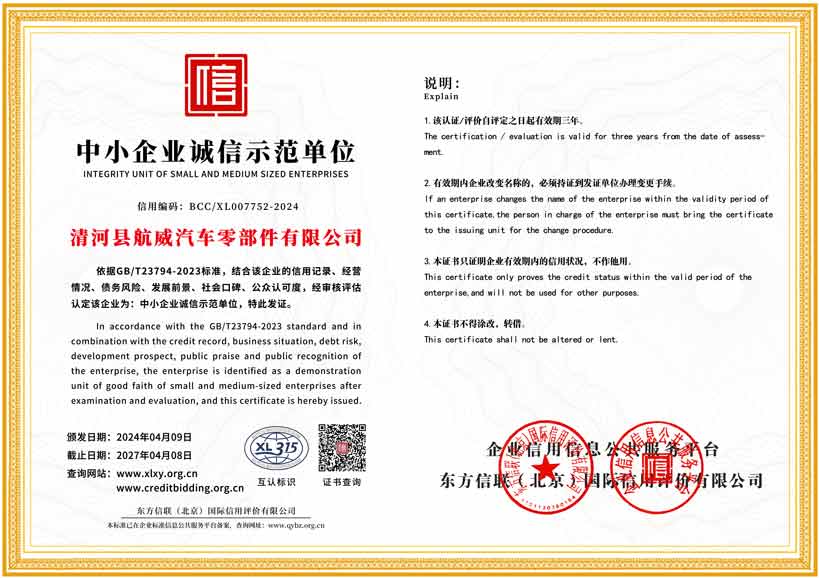How to Repair Your Throttle Cable for Optimal Performance and Safety
Fixing the Throttle Cable A Comprehensive Guide
When it comes to maintaining a vehicle's performance, one crucial component often overlooked is the throttle cable. This flexible cable connects the accelerator pedal to the engine, enabling the driver to control the vehicle's speed. If you notice a delay in acceleration, a sticking pedal, or an erratic response when you press the throttle, it might be time to fix your throttle cable. In this article, we will explore the common issues associated with throttle cables and guide you through the steps needed to address them.
Understanding the Throttle Cable
The throttle cable is a simple yet vital part of a vehicle's acceleration system. It functions by transferring physical motion from the accelerator pedal to the throttle body, which regulates the engine's air intake. As the driver presses the pedal, the cable pulls on the throttle lever, allowing more air (and fuel) into the engine for increased power. Over time, however, the cable can wear out, become frayed, or even snap, leading to performance issues.
Signs of a Faulty Throttle Cable
Before diving into repairs, it's essential to recognize the signs of a malfunctioning throttle cable. Common symptoms include
1. Delayed Throttle Response When you press the accelerator, the vehicle takes longer than usual to respond. 2. Sticking Pedal The pedal feels stuck or requires extra effort to depress. 3. Erratic Engine Behavior The engine may rev unexpectedly or struggle to maintain speed. 4. Visible Damage Look for fraying, kinks, or breaks in the cable.
If you experience any of these issues, it’s advisable to inspect the throttle cable promptly
.Steps to Fix the Throttle Cable
fixing throttle cable

1. Gather Tools and Materials Before starting, ensure you have the necessary tools—typically, a wrench set, pliers, and a new throttle cable (if replacement is required).
2. Ensure Safety Always begin by parking the vehicle on a level surface and turning off the engine. Disconnect the battery to eliminate any electrical hazards.
3. Locate the Throttle Cable Open the hood and find the throttle cable, typically running from the accelerator pedal to the throttle body.
4. Inspect the Cable Examine the entire length of the cable for wear or damage. If you see fraying or significant damage, replacement is necessary.
5. Adjust or Replace the Cable If the cable is merely misaligned, you might be able to adjust it. Look for the adjustment mechanism and make necessary tweaks. If the cable is broken, disconnect it from both ends and remove it. Then, install the new cable by reversing the removal process.
6. Test the New Installation Once the new cable is in place or adjustments are made, reconnect the battery. Start the engine, and gently press the accelerator to test its responsiveness. Ensure that the pedal moves freely and returns to its original position when released.
7. Final Checks Double-check all connections and secure any loose parts. A well-functioning throttle cable is crucial for your vehicle's performance and safety.
In conclusion, maintaining the throttle cable is an essential aspect of vehicle care. By recognizing the signs of a faulty cable and following these steps, you can ensure a smoother driving experience. If in doubt, consult a professional mechanic to take care of the repair, ensuring your vehicle operates safely and efficiently.
-
Upgrade Your Vehicle with High-Quality Handbrake CablesNewsNov.01,2024
-
Optimize Your Bike's Performance with Quality CablesNewsNov.01,2024
-
Enhance Your Vehicle's Performance with Quality Clutch ComponentsNewsNov.01,2024
-
Elevate Your Vehicle's Performance with Quality Throttle CablesNewsNov.01,2024
-
Elevate Your Vehicle's Performance with Quality CablesNewsNov.01,2024
-
Affordable Solutions for Your Cable NeedsNewsNov.01,2024
